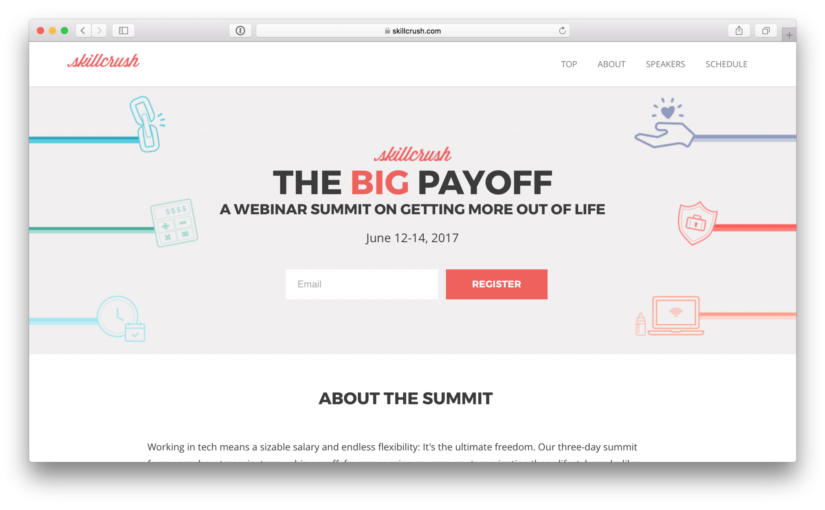The following is a website copywriting sample for an fictional Korean coffee shop and bakery in Virginia called Hands Coffee.
**Disclaimer: This is a real coffee shop that exists in South Korea, but they currently do not have any branches in the US. This is a sample fictional marketing copy for Hands Coffee if they expanded internationally. Photos are property of Hands Coffee.
HANDS COFFEE
A smooth taste of France in a small cup.
Pull up a chair. Hands Coffee is a place where you can meet old friends and stay awhile, a place to sit and unwind.

At Hands Coffee you can expect:
• Premium hand-pour coffee
• Specialty Green Tea or Black Tea Cappucino
• Korean pastries, cakes, and breads baked fresh daily
• Shaved ice fruit bingsoo dessert for sharing
• Plenty of tables to start a conversation
WHY HAND-POUR COFFEE?

You may be asking yourself, what is the difference between hand-pour coffee and your average cup of joe?
We brew coffee by hand, the way it should be. Our baristas can control the speed of the pour, which makes a richer and more flavorful brew. Find a local Hands Coffee near you and see for yourself.
STRAWBERRY ICE CREAM WAFFLE

Come in from the cold and enjoy one of our warm ice cream waffles.
Choose your topping: Strawberry, Chocolate Raspberry, or Green Tea Mochi. $6.99
HARVEST DONATIONS
 Earl Gray Apple Tea or Apple Tea Cappuccino, available hot or iced. $5.00
Earl Gray Apple Tea or Apple Tea Cappuccino, available hot or iced. $5.00
For every Autumn’s APPLE drink you purchase, Hands Coffee will donate 100% of the proceeds to Fairfax Meals on Wheels. Click the link to find out how you can make a difference at your local Meals on Wheels program.

